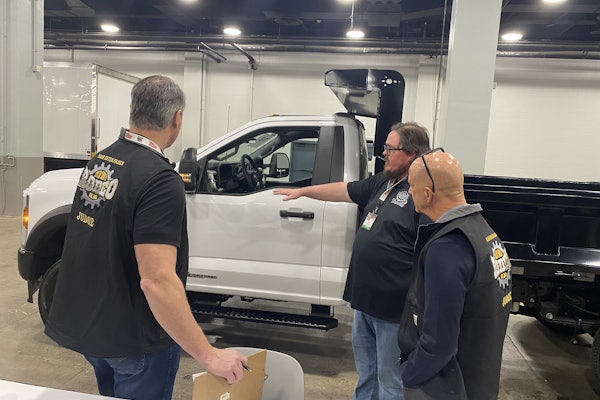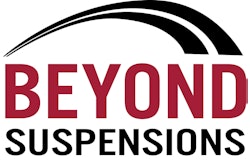Most dealers agree that their dealership’s absorption rate gives them an important snapshot of their business’ health and is a key to profitability, especially when new truck sales are down. Absorption shouldn’t be ignored, but it’s also not the be all and end all of profitability.
Adding to the confusion, absorption rate often is calculated differently from dealership to dealership. Are you including the correct factors in your calculations? In order to make your absorption rate work, you need to carefully assess your processes and avoid making broad, sloppy cuts in favor of making well-informed decisions carved with surgical precision.
Use Consistent Benchmarks To Create An Honest Reference Point
An absorption rate is meant to give dealers a glance at the true financial balance of their businesses, but if calculated improperly, it can skew this vision and allow money to drain away sometimes totally unnoticed. In a time when businesses of all sorts must watch their expenses diligently, correctly calculating benchmarks like absorption rate is more important than ever.
“Absorption measures the capacity of a dealership to operate profitably without ever selling a truck,” says Keith Ely, managing partner, Keith Ely & Associates.
“Technically, absorption rate is gross profit from fixed operations, which is body shop, service and parts divided by your total dealership expense less selling expenses,” says Allen Phibbs, dealership operations professional advisor, also of Keith Ely & Associates.
“Selling expenses are salesperson’s commissions and delivery expenses for the trucks,” adds Ely. “Floor plan is not a selling expense. Some people will say, ‘That’s not how we calculate it.’ They’ll include floor plan as a selling expense, but we don’t.”
Not including floor plan as a selling expense is a wise choice for most dealers. Dealerships usually don’t own all of their trucks. Finance companies often own the trucks and charge dealers monthly interest for having their truck in the dealer’s inventory.
“The finance company is going to ask for its interest every month whether you sell trucks or not,” says Ely. “The amount does vary every month. It’s not a fixed expense, but it’s not something that’s incurred following the sale of a truck.”
No matter if a dealership includes floor plan as a selling expense, or does not, it is most important to keep the calculation consistent. Once you have an unswerving calculation, rate fluctuations act as clear signals that a dealership’s management is on the right or wrong path.
“The most important thing is to find consistency within your calculations,” says Evan Lindstrand, manager, dealer financial operations, Navistar. “You must have consistency so you’re driving sales to a certain number. You always must have that goal in mind. That way, your analysis will lead you to maximize everything on your throughput to your bottom line.”
Look Past The Easy Cuts
When a dealership’s absorption rate falls, it can incite panic. But, as with any panic situation, the worst response is one that’s long on haste and short on thought. Don’t be quick to make changes in your parts and service departments at the first sign of a falling absorption rate. Asking questions and attaching price tags to your processes before eliminating or changing them will be worth your time.
“You can’t just look at any one number and say, ‘things are okay’ or ‘things aren’t okay,'” says Frank Stanhope, manager, dealer development, Navistar. “You have to use it as an indicator to say that I need to go beyond the obvious. If you’re only looking at absorption rate and thinking that a high number is good while a low number isn’t, that’s a problem. It means you’re not really understanding what’s happening in your operation.”
Sometimes, what’s pushing down your absorption rate isn’t clear initially. “Low sales in parts, service and body shop and excessive costs in parts or inventory shortages, that’s all evident,” says Drew Linn, president, Southland International Trucks, Inc., based in Homewood, Ala.
“But you may have too many low margin parts sales, that could be part of the problem. Or from a service standpoint, overtime, low productivity, poor efficiency, or putting technicians on a janitorial duty to move unapplied time to an overhead expense






